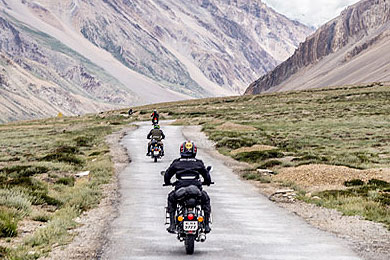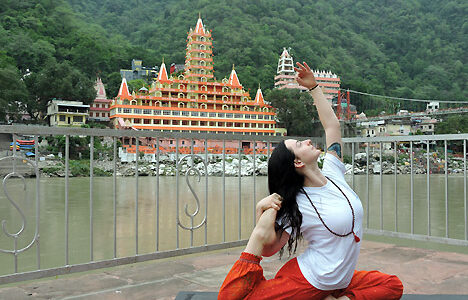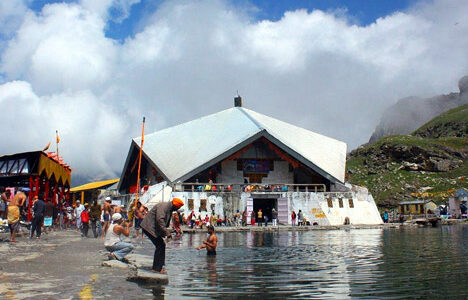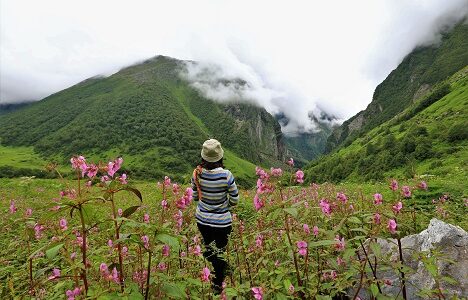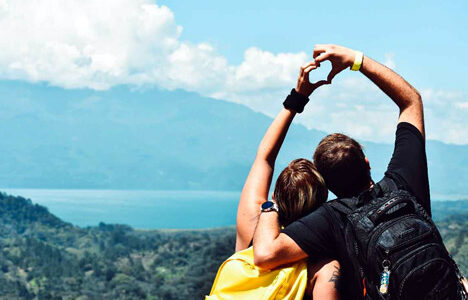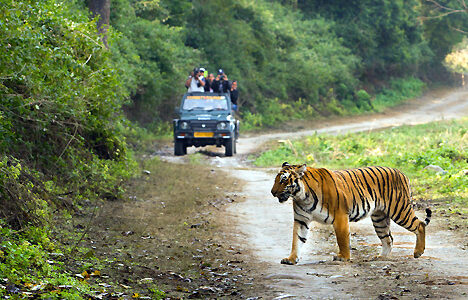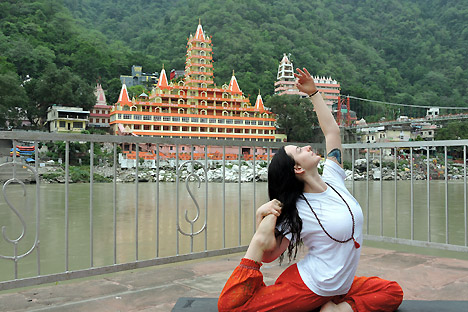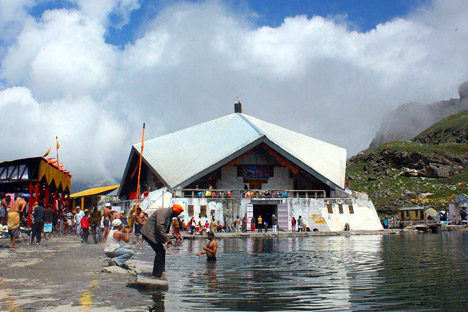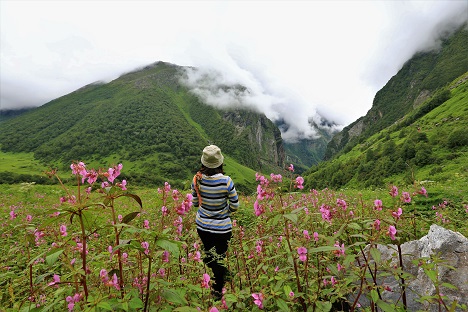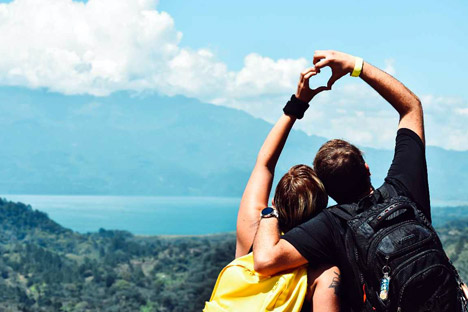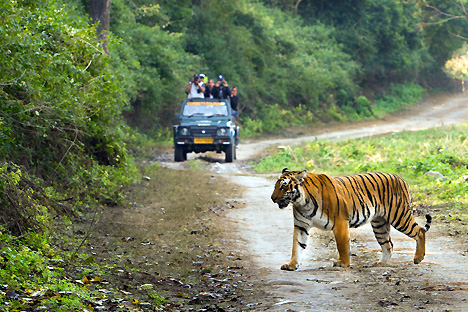Uttarakhand, a captivating destination in northern India, enchants visitors with its natural beauty and abundant adventure opportunities. Travelers of all kinds will find Uttarakhand appealing due to its versatility, making this destination ideal for various interests.
Uttarakhand Tourism
Uttarakhand, a breathtaking state in northern India, is famous for its picturesque landscapes, serene rivers, and sacred pilgrimage sites. Travelers can indulge in adventure activities like trekking, river rafting, and paragliding while enjoying hill station tranquility and panoramic views. The state is home to revered temples and holy sites, including Haridwar and Rishikesh, known for their spiritual significance. Nature lovers can explore the vibrant flora of the Valley of Flowers National Park, while wildlife enthusiasts can spot the majestic Bengal tiger at Jim Corbett National Park.
UTTARAKHAND TOUR PACKAGES
THINGS TO DO IN UTTARAKHAND
There are numerous exciting things to do in Uttarakhand that cater to various interests and preferences. Here are some of the top activities:
Trekking
Trekking
Explore the stunning Himalayan trails and embark on treks like the Valley of Flowers, Roopkund, and Har Ki Dun.
River Rafting
River Rafting
Experience the thrill of navigating through the gushing rivers of Uttarakhand, such as the Ganges and the Tons.
Wildlife Safari
Wildlife Safari
Visit Jim Corbett National Park or Rajaji National Park for an opportunity to spot diverse wildlife, including tigers, elephants, and deer.
BEST TIME TO VISIT UTTARAKHAND
SUMMER SEASON
(May to June
Summer is the peak tourist season in Uttarakhand, especially in the hill stations. The weather is mild and perfect for sightseeing, adventure activities, and escaping the heat of the plains.
WINTER SEASON
(December to February)
Winter is a magical time to visit Uttarakhand, especially for those who enjoy snowfall and winter sports. The hill stations like Auli and Mussoorie offer opportunities for skiing and snowboarding.
MONSOON SEASON
(July to September
The monsoon season brings heavy rainfall to Uttarakhand, making it a challenging time for outdoor activities. However, this is also the time when the region’s lush greenery is at its best, and the waterfalls are in full flow.
HOW TO REACH UTTARAKHAND
There are a variety of transportation options available for getting to Uttarakhand:
Popular Tour Packages
POPULAR PLACES TO VISIT IN UTTARAKHAND
FAQs about Uttarakhand Travel Guide
Q 1. What are some local delicacies to try in Uttarakhand?
Ans: Uttarakhand has a rich culinary heritage. Some local delicacies to try include Bal Mithai (a sweet made with khoya and sugar), Kumaoni Raita (a yogurt-based dish), Bhatt ki Churkani (a black bean curry), Aloo ke Gutke (spicy potatoes), and Singodi (a sweet made with grated coconut and jaggery).
Q 2 . What are the must-visit attractions in Uttarakhand?
Ans: Uttarakhand is blessed with natural beauty and offers a wide range of attractions. Some must-visit places include the hill stations of Nainital, Mussoorie, and Almora, the holy cities of Haridwar and Rishikesh, the Jim Corbett National Park, Valley of Flowers National Park, and the scenic lakes like Bhimtal and Naini Lake.
Q 3. Are there any trekking options in Uttarakhand?
Ans: Yes, Uttarakhand is a paradise for trekkers. There are numerous trekking routes that cater to different difficulty levels. Some popular treks include the Valley of Flowers Trek, Roopkund Trek, Har Ki Dun Trek, and Kedarkantha Trek.

